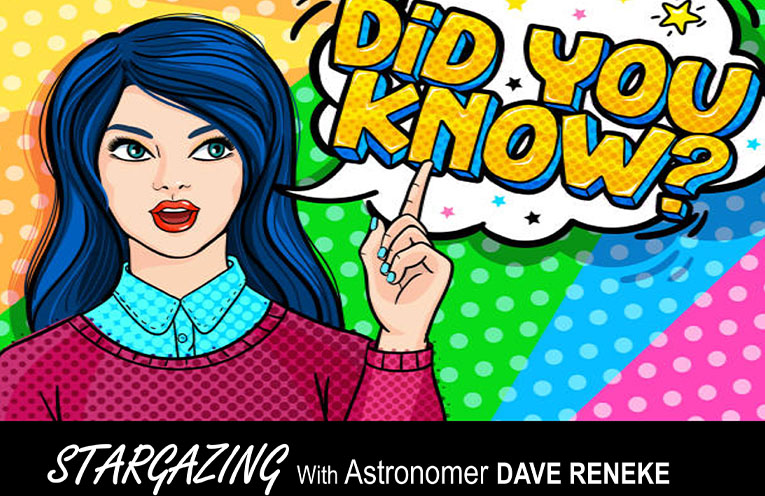DID you know the special silicon-based insulation serving as the primary heat shield for the Space Shuttle orbiter sheds heat so rapidly that one side can be held in bare hands while the other side is red hot?
Did you know the International Space Station loses about 25 metres of altitude per day?
Every three months or so, the crew has to adjust the orbit using either its own thrusters or those of a docked Progress cargo ship.
Without these boosts, the ISS would eventually fall back to Earth.
Did you know astronauts grow taller in space?
Freed from Earth’s constant pull, their spines stretch, making them up to five centimetres taller – although they quickly shrink back when they return home.
Did you know some of the technology created for the Hubble Space Telescope has found its way into medicine, computer chips, and even the prevention of electrical power failures here on Earth?
Space spin-offs really do change lives.
Did you know heat from the core of the Sun takes about a million years to reach the surface?
Yet once free, the light races across space and reaches Earth in just 8.5 minutes.
Did you know almost half of the twinkling “single stars” you see at night are really double stars – or more?
Some systems contain three or even four stars locked in a cosmic dance.
Did you know a simple space pen saved Apollo 11 from disaster?
A vital switch broke inside the lunar module, threatening the astronauts’ return.
Buzz Aldrin jammed the metal tip of a pen into the circuit, bridging the gap and allowing the engine to fire.
Before that mission, they had only used pencils.
Lucky doesn’t even cover it.
Did you know astronauts’ taste buds go on strike in orbit?
Without gravity, fluids shift to the head, causing stuffy noses and dulled senses.
That’s why they love hot sauce, wasabi, and curries in space meals.
Bland food just won’t cut it.
Did you know there are “space burials”?
Companies can launch tiny capsules of ashes into orbit or even towards the Moon.
Star Trek creator Gene Roddenberry and science fiction author Arthur C. Clarke both had portions of their remains launched into space.
Did you know space smells?
Astronauts returning from spacewalks often report a scent clinging to their suits – described as “burnt steak”, “welding fumes”, or “ozone”.
It’s thought to be traces of excited atoms clinging to the fabric.
Did you know if you cry in space, the tears don’t fall?
Instead, they form floating blobs that cling to your face until you wipe them away.
Emotional breakdowns are best kept short and tidy in orbit.
Did you know a piece of astronaut poop once made headlines?
Early in the Apollo programme, a wayward sample floated around the cabin – causing more panic than any life-threatening malfunction.
Did you know that on the Moon, astronaut Alan Shepard sneaked in a golf club head attached to a tool and hit two golf balls?
One, he joked, went “miles and miles.”
With no air resistance, he wasn’t far off.
Did you know Saturn could float in water?
Its density is so low that if you had a cosmic bathtub big enough, the ringed planet would bob around like a beach ball.
By Dave RENEKE



